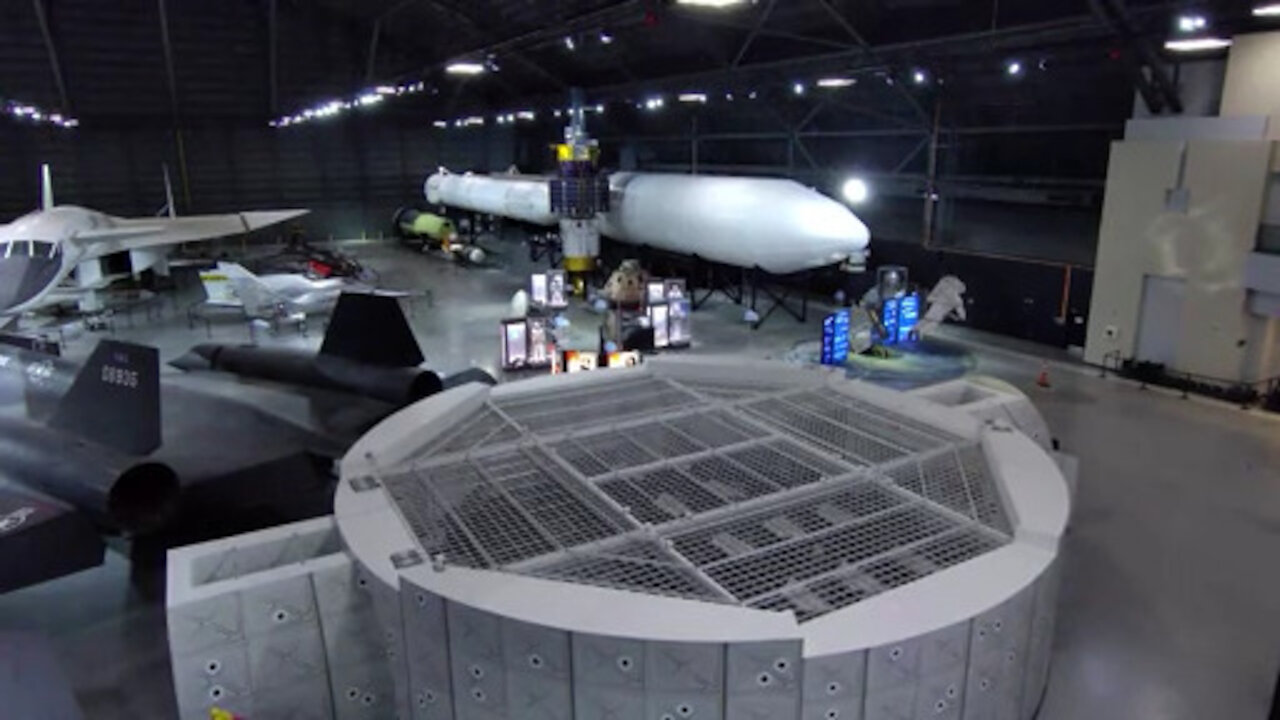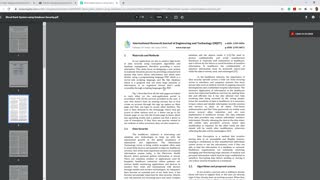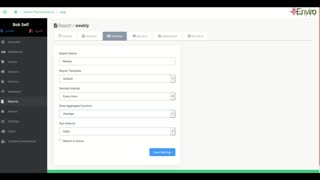Premium Only Content

Apollo 15 Command Module
Credit: Ken LaRock | Date Taken: 02/17/2021
Apollo 15 was the fourth successful moon landing mission and the only Apollo mission with an all-U.S. Air Force crew. Col. David R. Scott, Lt. Col. James B. Irwin, and Maj. Alfred M. Worden flew this spacecraft, named Endeavour, to the moon in July 1971. The command module is named after the ship that carried Capt. James Cook on his famous 18th century scientific voyage. Apollo 15 focused mainly on lunar science, and was the first mission to use a lunar rover vehicle. The crew spent four days traveling to the moon, then Scott and Irwin landed the lunar module Falcon on the moon’s surface. They spent 67 hours exploring and setting up scientific experiments. Worden remained in orbit aboard Endeavour conducting experiments and photographing the moon. Just over 12 days after launch, the crew returned safely, splashing down in the Pacific Ocean near Hawaii. Project Apollo’s main goal was to land astronauts on the moon and return them safely to Earth. Beating the Soviets to the moon in the “space race” of the 1960s was an important part of the Cold War competition between the U.S. and the Soviet Union for prestige and world leadership in science and technology. The U.S. won the moon race when Apollo 11 landed on the moon and returned to Earth in July 1969. Apollo achieved six lunar landings through 1972, and 12 astronauts walked on the moon. Of the 29 astronauts who flew Apollo missions, 14 were Air Force officers or had Air Force experience. The command module is on loan from the National Air and Space Museum, Smithsonian Institution, Washington, D.C.
-
 0:15
0:15
frsdre
4 years ago $0.04 earnedThe Apollo Lunar Module
393 -
 1:15
1:15
EdwardSchaffer
4 years agoApollo in Action
79 -
 0:27
0:27
Sherryneill
4 years agoZeus and Apollo
62 -
 6:32
6:32
Performing in an Academic Environment
4 years agoCS507 - Expectations Module 04
101 -
 0:26
0:26
rimajol1979
4 years agoApollo Speaks
87 -
 0:26
0:26
rimajol1979
4 years agoApollo Malemute
53 -
 2:24
2:24
RocketTCoyote
4 years agoApollo 11 Launch Day
126 -
 12:23
12:23
IP Convergence
4 years agoEnviroTrack Reporting Module
16 -
 37:56
37:56
Michael Franzese
12 hours agoThe Man Who Invented the Mafia: Lucky Luciano
64.2K12 -
 4:28:37
4:28:37
Jokeuhl Gaming and Chat
9 hours agoEmpyrion - Galactic Survival
16.9K